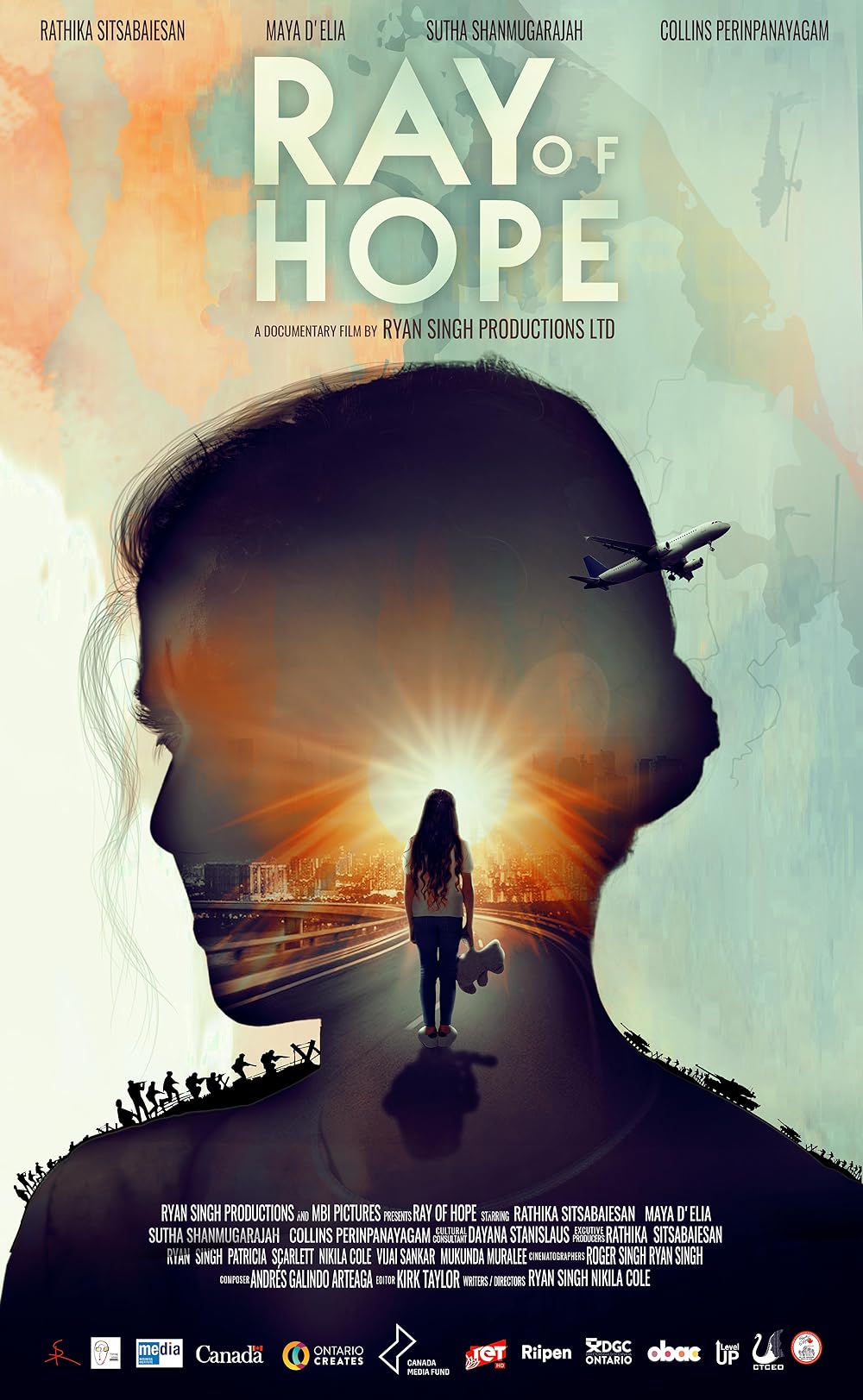For decades, the country of Sri Lanka has seen a genocide of the Tamil people. Rathika Sitsabaiesan, former member of Parliament and human rights defender and activist, fled with her family to Canada in 1987 at the age of five. She is a survivor of war and on May 5, will be premiering her new documentary film, Ray of Hope.
Ray of Hope explores the impacts of the 26-year-long armed conflict in Sri Lanka and the genocide of the Tamil people through the personal stories and experiences of Tamil migrants.
“Many Canadians, especially in large metropolitan cities know a Tamil person or family – they live, learn, play, or work with a Tamil person; however, many don’t know the real reasons as to why there are so many Tamils here in the first place,” explains Sitsabaiesan.
“Our ancestral homeland, Tamil Eelam, is known to be a gorgeous and bountiful place with abundant arable lands and plentiful coastlines. However, with the intentional, systematic, and ongoing genocide of Tamils at the hand of the Sri Lankan government, many Tamils fled their homes and sought security in many other parts of the world, with Canada being home to the largest diaspora population.”
Sitsabaiesan, along with her friend and filmmaker, Ryan Singh, has been working on the film for 11 years. She shares that while she unintentionally transitioned from being a member of Parliament to being a filmmaker, both roles intersect and act as vessels for human rights activism.
“I felt obligated to create this film because of the immense privilege I have as a survivor of the genocide, my levels of education, my platform and network, as well as my sense of security as a Canadian that guarantees my rights and freedom of speech,” says Sitsabaiesan.
“We thought it was important to bring global awareness to the historical facts, share many others’ experiences of escape, survival, resilience and show how Tamils are thriving in our new-found home of Canada. During the making of the film we also had some conversations with mothers who continue to bravely fight the ongoing assault perpetrated by the Sri Lankan government by protesting, as they search for their missing and/or murdered sons and husbands.”
Sitsabaiesan reflects upon the timely nature of the film’s release and the similarities seen between the Sri Lankan conflict and the current conflict in Gaza, saying that both have been “intentional, systematic, and ongoing.”
“What is happening today in Gaza is the mass and indiscriminate extermination of Palestinians. This is exactly what happened in May of 2009 with the Tamils on the island nation of Sri Lanka. It has been 15 years since the massacre of Tamils in Mullivaikkal where Tamil civilians were cornered into a two-kilometre strip of land and slaughtered. The Gaza strip is 40 kilometres long, and the Palestinians have been pushed into this area (along with the West Bank) for years now, but the massacre is happening today and the world is watching.
“Both the Palestinians and Tamils have always wanted to be able to live in peace in their respective ancestral homelands. They have both been and continue to be on the receiving end of a state-sponsored genocide and our truths must be brought to light,” adds Sitsabaiesan.
To learn more about Ray of Hope, and to get tickets to the film premiere and gala on May 5 in Scarborough, click here.


